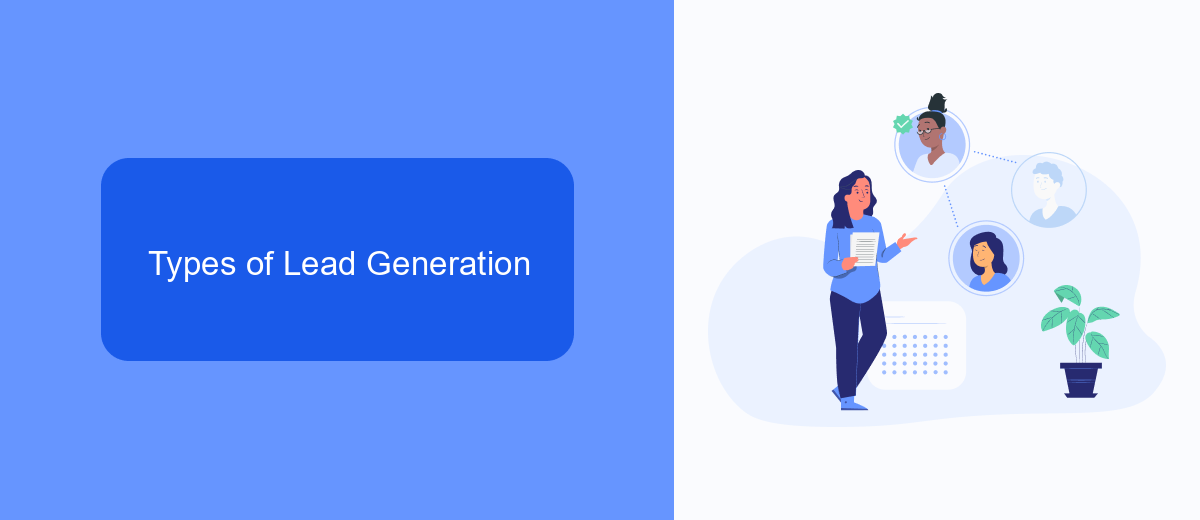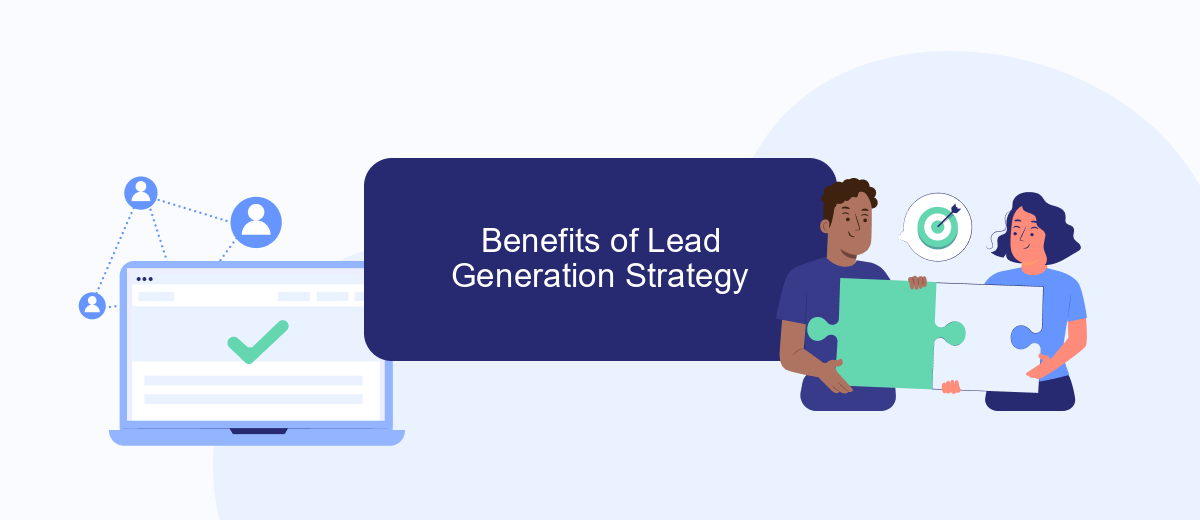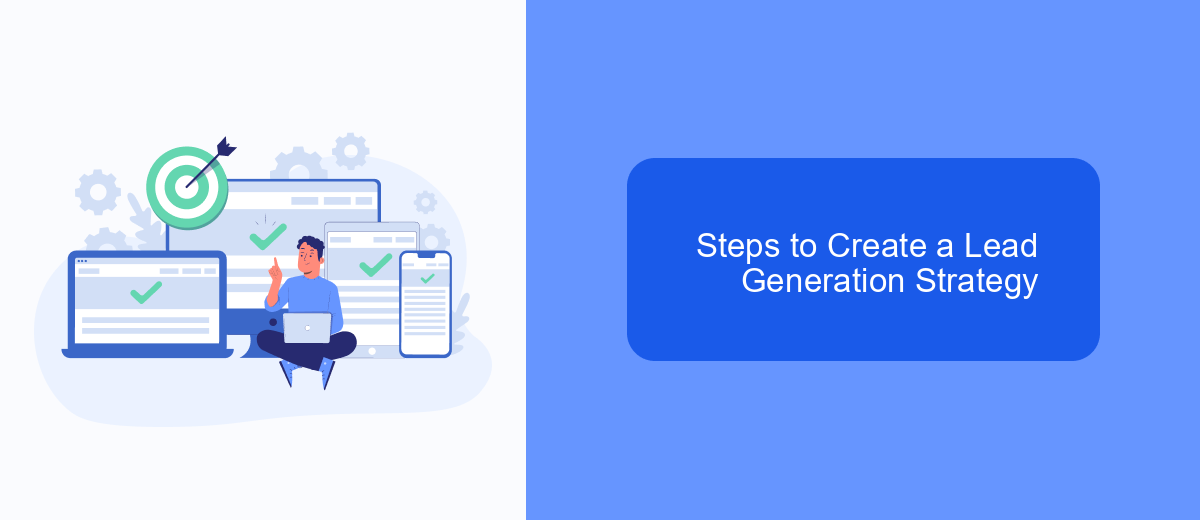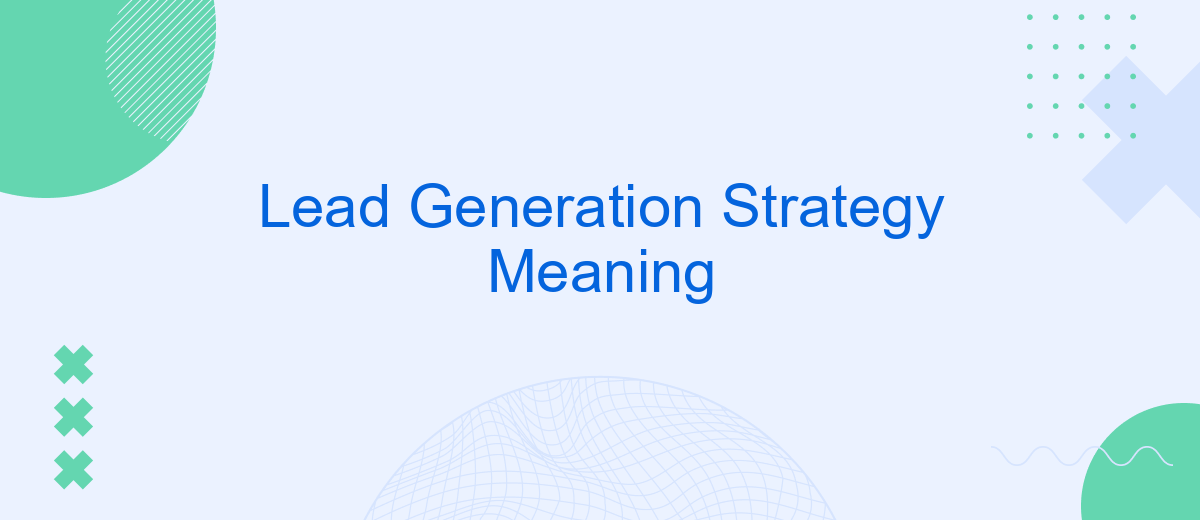Lead generation is a crucial aspect of any business's marketing strategy, aimed at attracting and converting prospects into potential customers. This process involves identifying and nurturing potential leads through various channels and tactics. Understanding the meaning and importance of an effective lead generation strategy can significantly enhance a company's ability to grow and succeed in a competitive market.
Meaning of Lead Generation Strategy
Lead generation strategy is a comprehensive plan that businesses use to attract and convert prospects into customers. It involves identifying potential leads, engaging them through various channels, and nurturing them until they are ready to make a purchase. The ultimate goal is to create a steady pipeline of qualified leads that can drive revenue growth.
- Identify target audience
- Develop engaging content
- Utilize multiple channels (social media, email, etc.)
- Implement lead nurturing tactics
- Measure and optimize performance
Effective lead generation strategies often involve integrating various tools and services to streamline the process. Services like SaveMyLeads can automate lead capture and transfer data between different platforms, ensuring that no potential lead is lost. By leveraging such integrations, businesses can focus on engaging and converting leads, rather than managing data manually.
Types of Lead Generation

Lead generation can be categorized into several types, each tailored to different business needs and target audiences. One of the most common types is inbound lead generation, which involves attracting potential customers through content marketing, SEO, and social media engagement. This method focuses on creating valuable content that draws prospects in and encourages them to provide their contact information. Another popular type is outbound lead generation, where businesses actively reach out to potential leads through cold calling, email marketing, and direct mail campaigns. This approach is more proactive and aims to directly engage with prospects who may not be actively searching for products or services.
Additionally, there is event-based lead generation, which includes hosting webinars, trade shows, and industry conferences to gather leads. These events provide opportunities for face-to-face interaction and can be highly effective in building relationships. Digital advertising is also a significant type of lead generation, leveraging platforms like Google Ads and social media ads to capture leads through targeted campaigns. Integrations and automation tools, such as SaveMyLeads, can streamline the lead generation process by connecting various marketing platforms and automating data collection, ensuring that leads are efficiently captured and managed.
Benefits of Lead Generation Strategy

Implementing a lead generation strategy can significantly enhance your business's growth and customer acquisition processes. By effectively capturing and nurturing leads, businesses can convert potential customers into loyal clients, driving revenue and expanding market reach.
- Increased Sales: A well-structured lead generation strategy helps identify and target high-quality leads, increasing the likelihood of conversions and boosting sales.
- Cost-Effective Marketing: By focusing on prospective customers who have shown interest, businesses can optimize their marketing budget and achieve higher ROI.
- Improved Customer Insights: Gathering data on leads allows businesses to understand customer preferences and behavior, enabling tailored marketing efforts.
- Enhanced Brand Awareness: Consistent lead generation activities, such as content marketing and social media engagement, help in building brand recognition and trust.
- Streamlined Processes: Tools like SaveMyLeads automate lead capturing and integration with CRM systems, reducing manual effort and improving efficiency.
Overall, a robust lead generation strategy empowers businesses to attract, engage, and convert prospects effectively. By leveraging tools and automation services, companies can streamline their processes, gain valuable insights, and ultimately achieve sustainable growth.
Steps to Create a Lead Generation Strategy

Creating an effective lead generation strategy is crucial for any business looking to expand its customer base and increase revenue. The first step is to identify your target audience. Understanding who your potential customers are will help you tailor your marketing efforts to attract the right leads.
Next, choose the right channels to reach your audience. This could include social media, email marketing, content marketing, or paid advertising. Each channel has its strengths and can be used to capture leads in different ways.
- Define your target audience
- Select appropriate marketing channels
- Create compelling content
- Implement lead capture forms and calls-to-action
- Utilize tools like SaveMyLeads for seamless integration
Once you've set up your lead generation strategy, it's important to continuously monitor and optimize your efforts. Tools like SaveMyLeads can help automate the process of capturing and managing leads, ensuring that no potential customer falls through the cracks. Regularly review your strategy and make adjustments as needed to improve your results.


Tips for Effective Lead Generation
Effective lead generation requires a strategic approach that includes understanding your target audience and utilizing the right tools. Start by identifying the key characteristics of your ideal customer and tailor your marketing efforts to address their specific needs and pain points. This will help you create more personalized and engaging content that resonates with potential leads. Additionally, leveraging data analytics can provide valuable insights into customer behavior, enabling you to refine your strategies and improve conversion rates.
Integrating your lead generation efforts with automated tools can significantly enhance efficiency and effectiveness. Services like SaveMyLeads allow you to automate the process of capturing and nurturing leads by seamlessly connecting various platforms and applications. This ensures that no lead falls through the cracks and helps maintain consistent communication with potential customers. By utilizing such integrations, you can save time, reduce manual errors, and focus more on crafting compelling offers that drive engagement and conversions.
FAQ
What is a lead generation strategy?
Why is lead generation important for businesses?
How can automation improve lead generation efforts?
What are some effective channels for generating leads?
How can I integrate my lead generation tools for better efficiency?
What do you do with the data you get from Facebook lead forms? Do you send them to the manager, add them to mailing services, transfer them to the CRM system, use them to implement feedback? Automate all of these processes with the SaveMyLeads online connector. Create integrations so that new Facebook leads are automatically transferred to instant messengers, mailing services, task managers and other tools. Save yourself and your company's employees from routine work.
